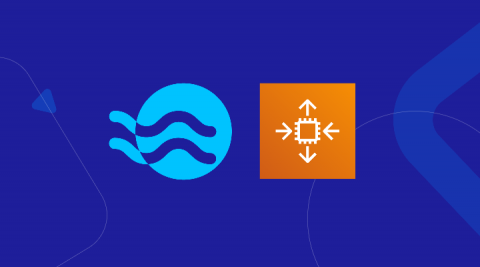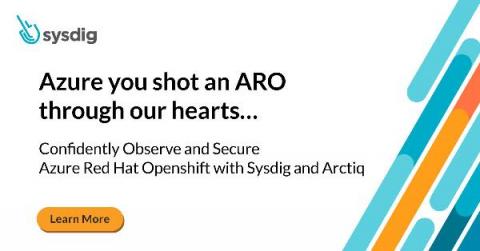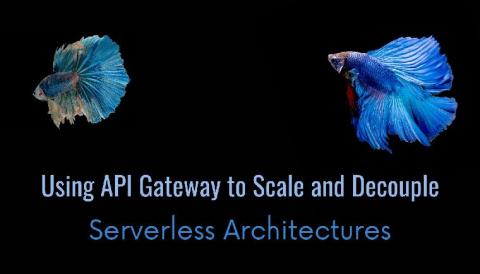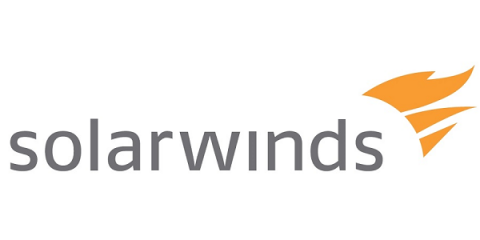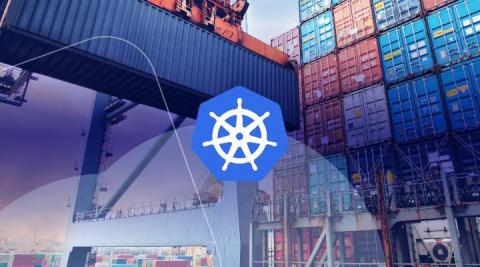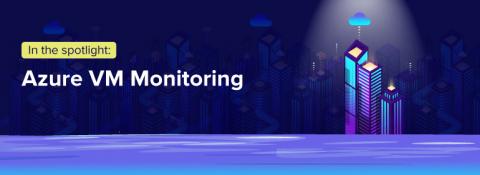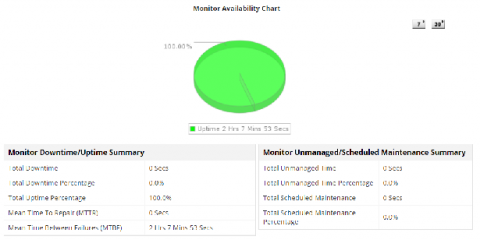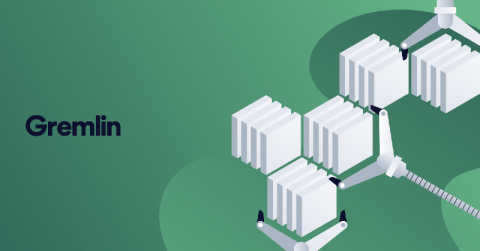Elastic Cloud roundup: API support, more regions, and new purchasing options
You can now benefit from even more features and functionality in Elastic Cloud. In case you missed it, we’ve added powerful tools to simplify and automate operations. We’ve added support for more regions. And we’ve even added new ways to pay for, and understand your bill for Elastic Cloud. With a cup of tea and five minutes, we’ll recap them for you.



